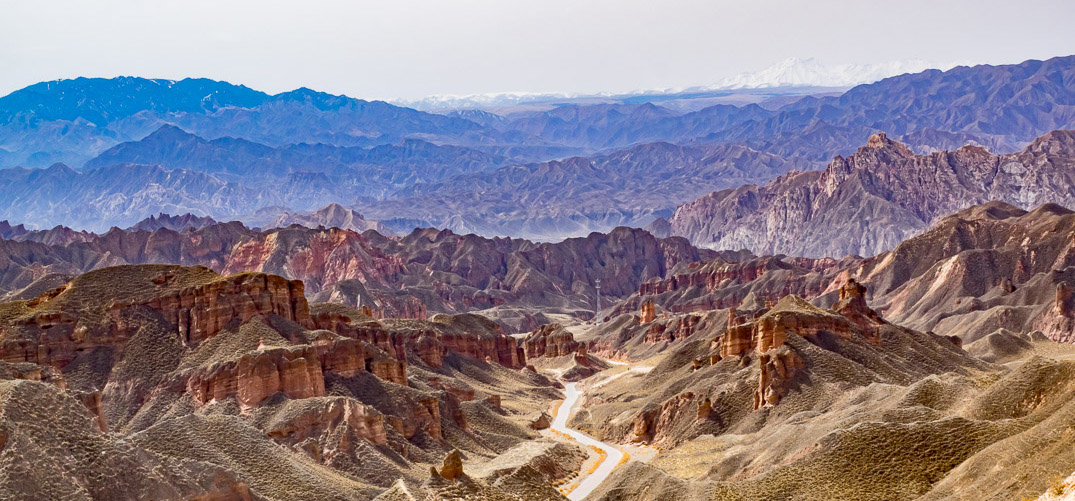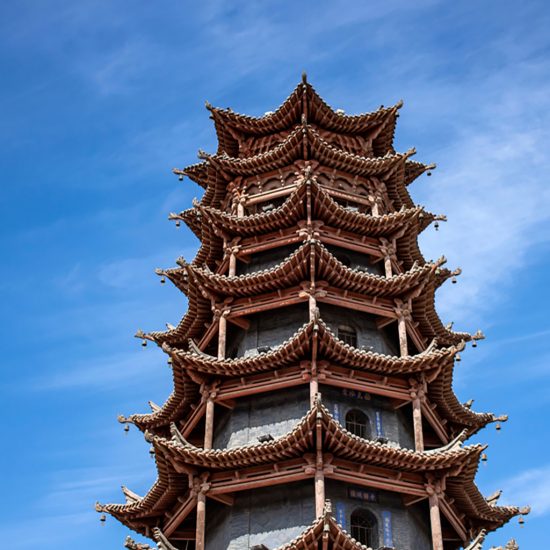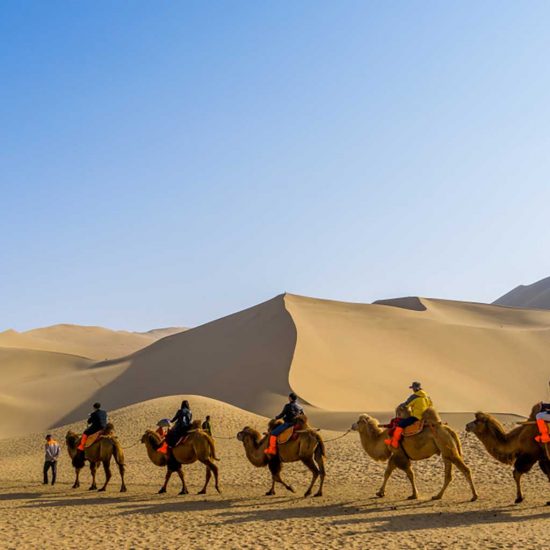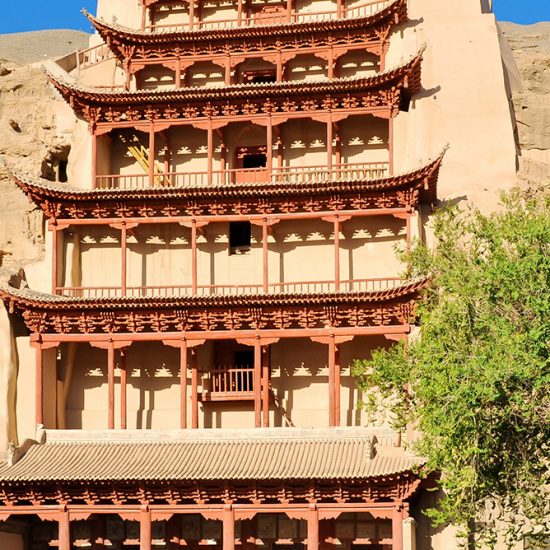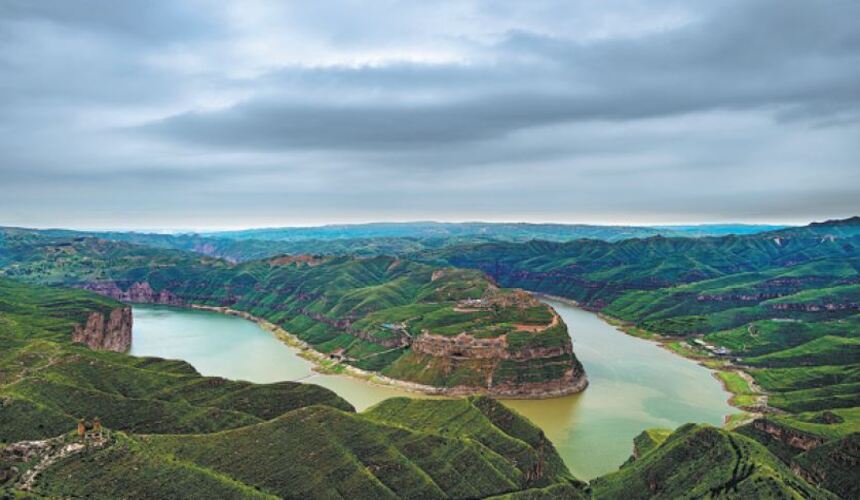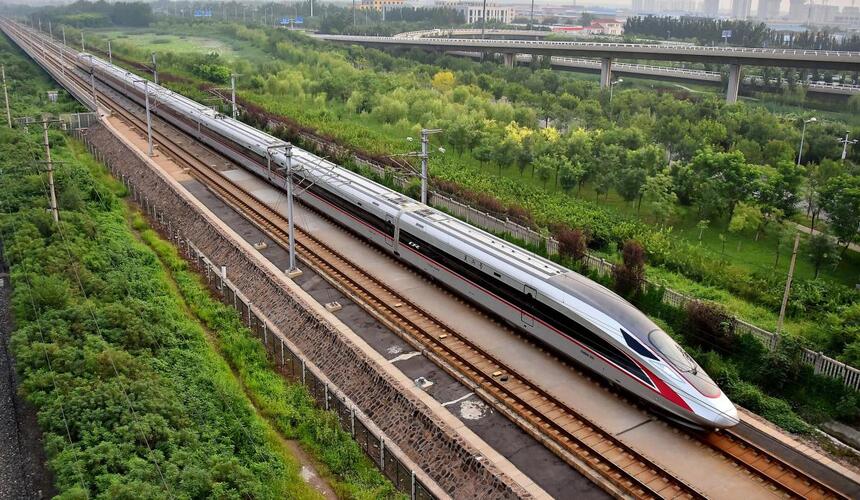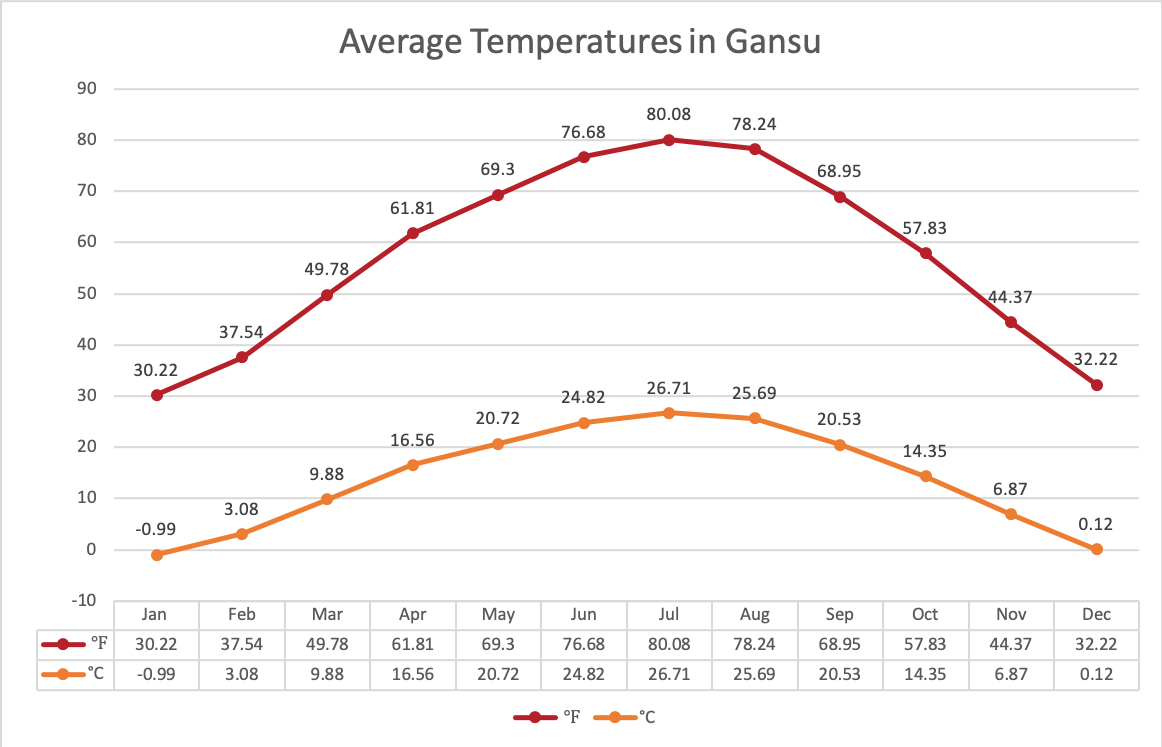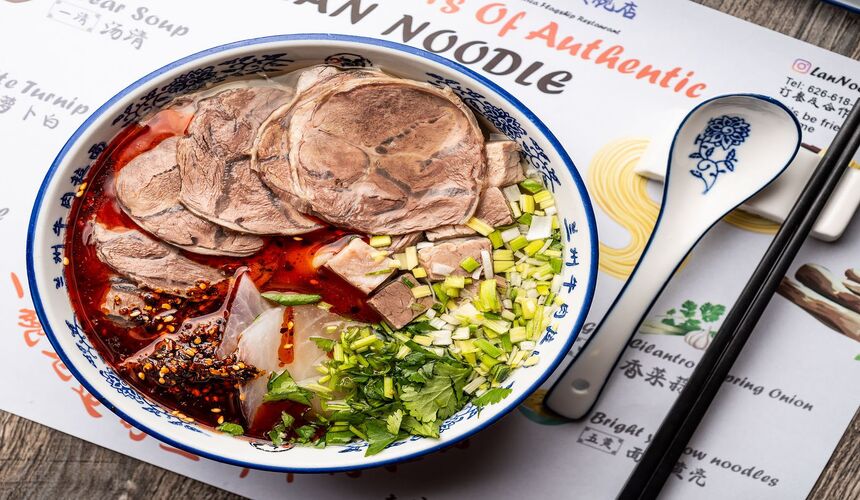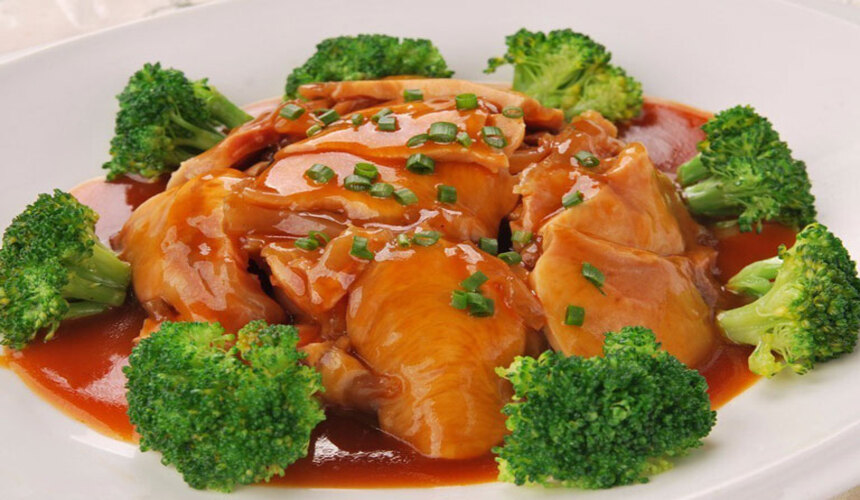The silk road
Explore the Silk Road, the world’s longest and oldest trade route that once connected numerous countries and cultures. This route was established during the Han Dynasty (206 BC – 220 AD) to transport goods to over 20 cities from central to western China. In addition to goods, the famous Silk Road also facilitated the spread of Buddhism from India to China. When you embark on your journey, you will be amazed by the sights of Labrang Lamasery in Xiahe, the Great Wall Fort in Jiayuguan, the Mogao Caves in Dunhuang, Heavenly Lake in Urumqi, Kashgar, Sunday Bazaar & Mosque in Kashgar & Ancient City ruins in Turpan.
Mid-spring to autumn is the best time to visit Gansu. Gansu has a varied climate, ranging from subtropical humid monsoon climate to alpine cold climate and dry climate. Generally, there is plenty of sunlight and a significant temperature difference between day and night. It rains very little. The average temperature ranges from 0 to 14℃, decreasing from southeast to northwest. The Hexi Corridor area is a tourist destination with an average temperature of 0 to 6℃. Annual precipitation is about 300mm, mostly concentrated in the southeastern area.
Lanzhou, the capital city of Gansu, has a temperate, semi-arid continental monsoon climate. It is dry, warm, and receives little rainfall. The annual average temperature is 9.3℃, but there is a significant temperature difference between day and night. Dunhuang, a must-visit tourist city in Gansu, has a temperate continental arid climate with four distinct seasons, abundant sunshine, and low rainfall. The average temperature is 9.3℃. Other scenic cities in Gansu, such as Jiayuguan and Zhangye, are also popular among tourists due to their similar climate to Dunhuang.
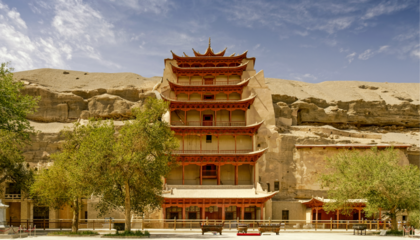
Mogao Grottoes
The fabulous artifacts, murals and sculptures are truly marvellous and will leave you in awe.The Mogao Grottoes are a man-made wonder in the desert, considered one of the most important collections of Buddhist art in the world. The site housed 18 monasteries, more than 1400 monks and nuns, and countless artists, translators and calligraphers during its peak in the Tang dynasty (618–907).
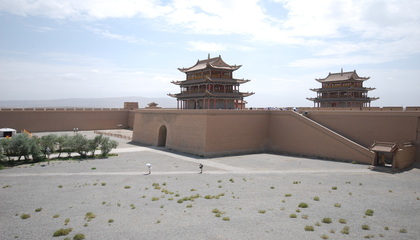
Jiayuguan Pass
During the Ming Dynasty (1368-1644), Jiayuguan Pass was the starting point of the ancient Great Wall. This massive fortress was a prominent feature of western China, serving as a guard for the narrow pass between the snowcapped Qilian Shan peaks and the Hei Shan (Black Mountains) of the Mazong Shan range.
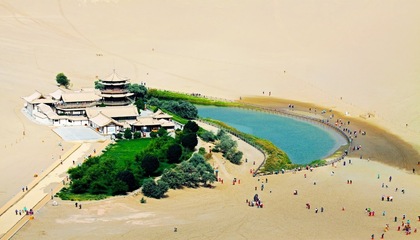
Crescent Moon Pool
Located six kilometres south of Dunhuang at Singing Sands Dune, the desert and oasis meet in a spectacular fashion. The view of the undulating desert and green poplar trees below is breathtaking. Crescent Moon Pool features several old temples with hundreds of painted sculptures and frescoes. The pool is surrounded by dunes where you can enjoy sandboarding, ride a camel, or simply take in the area and wait for the sunset.
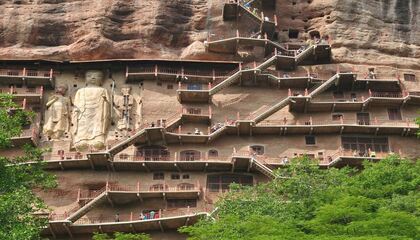
Maijishan Grottoes
Located in the wild, verdant mountains southeast of Tianshui, the Maijishan grottoes are home to some of the most renowned Buddhist rock carvings along the Silk Road. The cliff sides of Maijishan are adorned with 221 caves containing over 7800 sculptures, primarily carved during the Northern Wei and Zhou dynasties (AD 386–581). The rock face ascends steeply, with the numerous grottoes connected by a series of constructed walkways clinging to the sheer cliff.
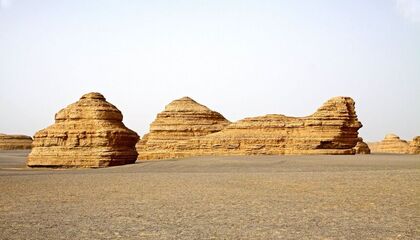
Yadan National Park
Yadan National Geological Park, also known as the Ghost City, is a rare natural sculpture museum of Yadan landform with hard and pale-red soil. Yadan National Geological Park, also known as the Ghost City, is a rare natural sculpture museum of Yadan landform with hard and pale-red soil. The strange rock formations provided the backdrop to the last scenes of Zhang Yimou's film Hero. The park was once a lake bed that eroded in a spectacular fashion around 12,000 years ago.
Gansu cuisine is heavily influenced by the Hui ethnic minority, with dishes revolving around roasted, steamed, and braised beef or mutton. Pork and chicken are not commonly consumed due to the Hui people’s Muslim beliefs, and the cold weather in northern China has led to a preference for hearty red meat over white meat. The cuisine employs a range of seasonings, with a preference for salty and spicy flavours. Gansu-style cuisine is known for its rich and oily dishes.
Must-try: Lanzhou Beef Noodles, Grabbing Mutton, Stir-Fried Hump with Five Shredded Toppings, Snowy Mountain Camel Hoof.
Air
The quickest and most comfortable way to reach Gansu is by air. Currently, there are 10 airports serving various cities in Gansu. Among them, Zhongchuan International Airport in Lanzhou and Dunhuang International Airport in Dunhuang, Jiuquan are the only two international gateways to Gansu, and they are frequently used for more available flights. Gansu has several less frequently used airports, such as Jiayuguan Airport, Zhangye Ganzhou Airport, Tianshui Maijishan Airport, and Gannan Xiahe Airport. These airports offer limited flights to a few domestic cities in China.
Train
The Lanzhou Xinjiang High-Speed Railway, which runs through Gansu from Lanzhou to Urumqi in Xinjiang, is one of the most important high-speed rail lines. The train route passes through Xining, Zhangye, Jiuquan, Jiayuguan, Liuyuan, and Turpan before reaching Urumqi. This allows for a Gansu train tour along the Hexi Corridor and the ‘Ancient Silk Road’. Two other influential high-speed rails are the Xian Lanzhou High-Speed Railway and the Shanghai Lanzhou High-Speed Railway, which connect Lanzhou with the eastern regions of China. As a result, cities such as Shanghai, Xian, Huashan, Zhengzhou, Suzhou, Nanjing, and more offer bullet trains to Lanzhou.


